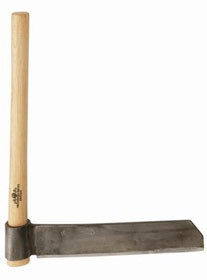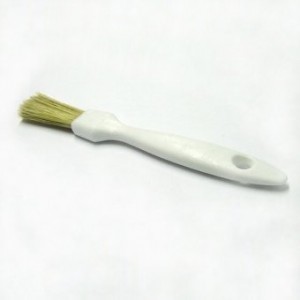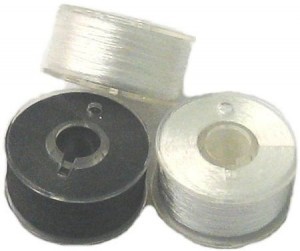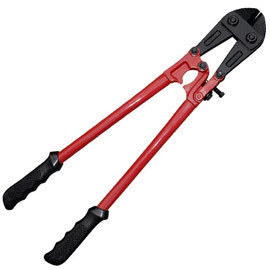Dimensions of a Froe
Froe dimensions vary but the blades of a shingle froe is usually around 15 inches long and 2 inches wide. There are also some froes that are 3 to 24 inches long.
long and 2 inches wide. There are also some froes that are 3 to 24 inches long.
General Description
The froe is a tool utilized for splitting the straight-grained wood. It is no longer widely used, but there are some wood shops and farmsteads that still use them.
The froe is considered vital for different crafts including basket weaving and creating shake shingles. Those who are handling the froe for the first time may find it difficult. However, those who are used to it will find the tool accurate.
Design and Usage of the Froes
While the froe dimensions differ, they are usually heavy and wide. The lower edge resembles a wedge while the blade has a socket. The wood it can split is often commensurate to the length of the froe. But the demand for handheld froes has made them smaller.
These devices are often used with the wooden mallet. The froe edge will be set by the billet top and split. This is subsequently driven to the wood using the mallet. After the blade penetrates the wood, the handle is levered. This will open the split. This will allow the blade to go deeper while the split is working.
The Straight Froes
The froes are still utilized by old-fashioned cabinetmakers and farmers. The straight froes will segregate the short log cross sections into squared billets.
It should be noted that longer pieces are best left to skilled users of the device. It is important for the split travel to be controlled. This can be done by putting more force on the leverage side. The straight froes are also ideal for splitting kindling.
Curved Froes and Knife Foes
The curved froes are no longer produced commercially. However they are sold in antique shops and specialty stores. The knife foes are noted for their cleaver like blades. They also come with wood handles. Some models though, come with metal handles.
The riving level is hard, as the split is managed by the knife froe leverage. The knife froes are often used for splitting small branches than large straight froes cannot handle.
As the facts show, the froe dimensions are varied and so are the types. For this reason, you should examine the froe and how it functions. This will ensure you get the suitable tool for the job you have in mind.





